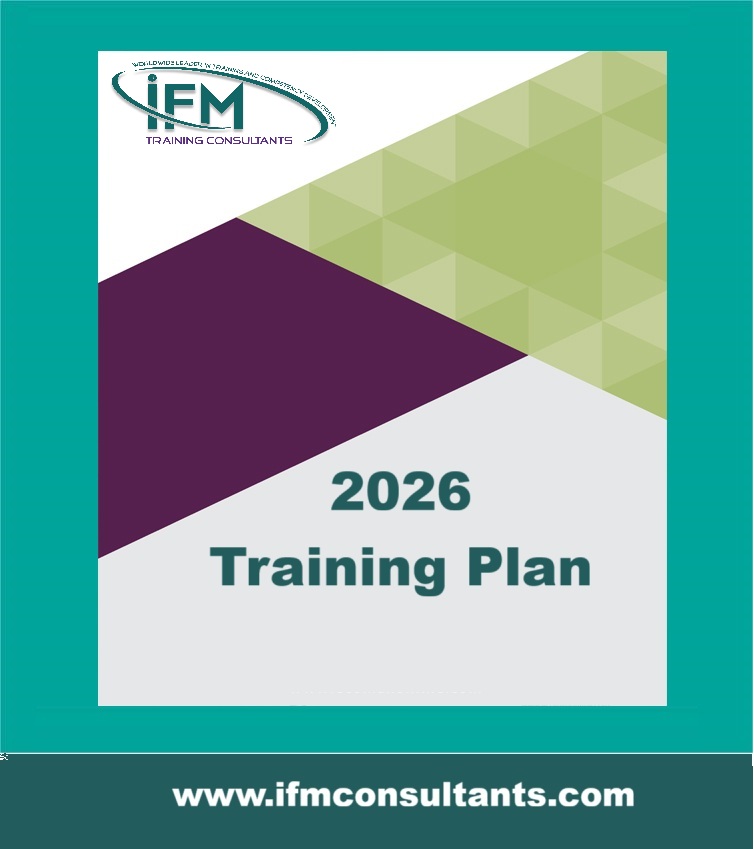Validation of Test Methods in Microbiology Laboratories
| Start Date | End Date | Venue | Fees (US $) | ||
|---|---|---|---|---|---|
| Validation of Test Methods in Microbiology Laboratories | 16 Nov 2025 | 20 Nov 2025 | Riyadh, KSA | $ 3,900 | Register |

Validation of Test Methods in Microbiology Laboratories
| Start Date | End Date | Venue | Fees (US $) | |
|---|---|---|---|---|
| Validation of Test Methods in Microbiology Laboratories | 16 Nov 2025 | 20 Nov 2025 | Riyadh, KSA | $ 3,900 |
Introduction
Most tests applied in microbiological QC are described in detail in the different Pharmacopoeias (e.g. EP, USP, and JP). These methods are regarded as being validated – but not for your products! In the end, it is up to you to prove that the official methods function in your environment. The validation of microbiological test methods for your needs consumes a lot of time, money, and manpower. Things can get more complicated if your products interfere with the execution of the test. The real challenge is to fulfill both, regulatory requirements and at the same time financial targets set by your Management.
Objectives
During this course, you develop strategies for a sustainable approach to perform microbiological test procedures in compliance with the regulations. This course will give you clear guidance on how to cope with these tasks besides your routine laboratory work. The key tool for this course will be teamwork. During interactive sessions, you will create procedures for the most common microbial test methods. Our experienced ECA course leaders will moderate the discussions to lead you to practice-oriented solutions.
After completion of the course, you will be able to run microbiological test procedures in a compliant and in the same time-efficient manner. To guarantee optimal conditions for the exchange of opinions and experiences, the number of participants is limited!. This course will provide practical guidance on implementing the harmonized test methods as well as alternative microbiological methods!
Training Methodology
This is an interactive course. There will be open question and answer sessions, regular group exercises and activities, videos, case studies, and presentations on best practice. Participants will have the opportunity to share with the facilitator and other participants on what works well and not so well for them, as well as work on issues from their own organizations. The online course is conducted online using MS-Teams/ClickMeeting.
Who Should Attend?
This course is designed for microbiologists, managers, and supervisors of pharmaceutical microbiological laboratories. Furthermore, the course will be of interest to personnel from quality control, quality assurance, regulatory affairs, and contract laboratories involved in the microbiological aspects of the production and testing of medicinal products.
Course Outline
Module 1: Basic Requirements for Microbiological Laboratories
Training and Qualification of Analysts
- A structured training programme for microbiologists what they need to know and why
Method Suitability Test vs. Microbiological Method Validation Designing an MST strategy
- Worked examples of MST, creams, liquids, tablets.
- MST for difficult formulations
- Transferring methods to other laboratories, what do you need?
- Microbial cultures, selection, and maintenance
- Microbiological media: how to make it, store it, and test it.
- Background and revision of chapter Ph. Eur. 5.1.6
- Validation process
- Accuracy, Precision, Specificity, LOD, LOQ, Linearity, Range, Robustness
- Case study for the Milliflex Quantum System
Module 2: Compliant Microbiological Test Methods
Microbial Enumeration Test for Non-Sterile Products
- The harmonized approach USP/Ph.Eur. /JP
- Relevant parameters in the test procedure
- Choosing the most suitable test method
- Microbial quality of excipients, API, and final dosage forms
- Defining alert levels based on historical data
- The approach of risk assessment testing
Tests for Specified Microorganisms
- Testing Methods
- Challenges concerning the suitability testing
- How to choose the right growth media supplier
- What are objectionable micro-organisms
Bacterial Endotoxins/Test Validation
- Principles of the techniques
- Gel-clot techniques
- Photometric techniques
- Preparatory testing/validation tests
Testing of Pharmaceutical Water
- Regulation and requirements for pharmaceutical water
- Validation of water systems
- Water testing & deviation handling
The Test of Sterility
- Media
- Method suitability tests
- Test procedures
- Membrane filtration method
- Direct transfer or direct inoculation method
Rapid Microbiological Methods
- Overview of the current RMMs
- Limitations and benefits of the different RMM?
Environmental Monitoring
- Monitoring of non-sterile processes
- Aseptic manufacture:
- developing a program
- interpreting data
- regulatory requirements
- Monitoring methods; air, surface, people
- A complete program for a sterile product
Module 3: The Real World
- Introduction to the principles of GLP
- Fundamental points of GLP
- Resources including management, personnel and facilities (Building and equipment)
- Testing
- Introduction to microbiological analytical methods
- Types of microbiological methods
- Variability with microbiological methods
- Method recovery
- Method comparison
- Factors to consider for experimental design (Samples, Test controls, Microorganisms, Temperature, Time, Growth Promotion, Atmosphere, Antimicrobial Activity/Interference, pH, Growth Phase, Number of Microorganisms, Single Cultures, Enzymes)
- Rapid and alternative microbiological methods
- The Reference Method and Standard Reference Material (SRM)
- Standard Operating Procedures (SOPs)
- Results
- Raw data and data collection
- Final report
- Archiving
- Quality Assurance
- Study Plan review
- SOP review
- Planning to include master schedule and inspection plan
- Audit and inspections
- QA of suppliers and contractors
- Validation Parameters for microbiological examinations (Specificity, Accuracy, Precision, Repeatability, Intermediate
- Precision, Range, Robustness and ruggedness, Limit of Detection, Limit of Determination,
- Linearity)
- Issuing and archiving of QA files and reports.

















